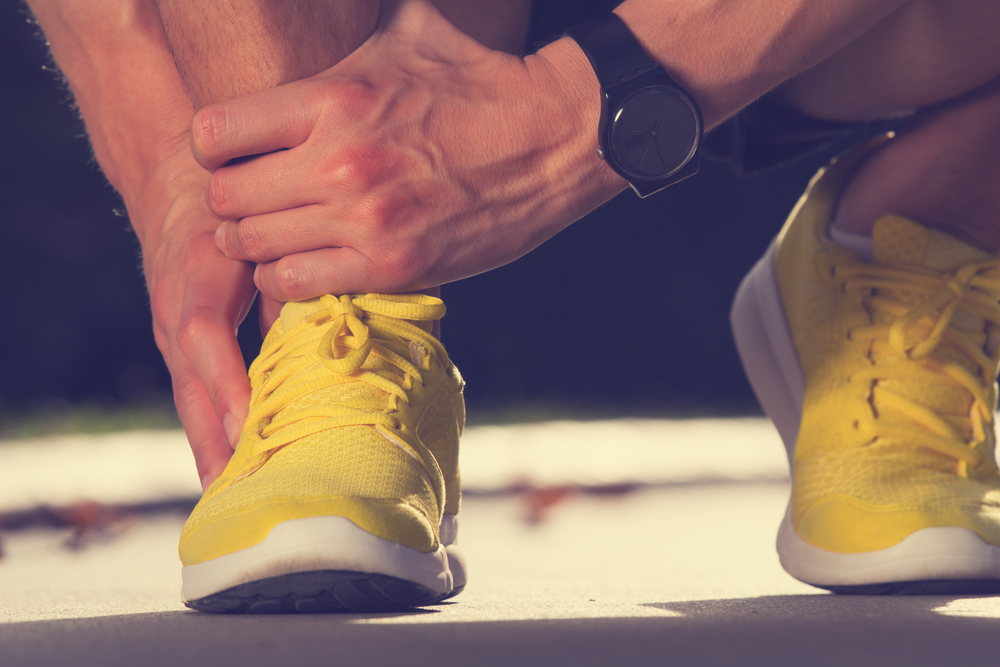
Feet, they carry you from here to there every day. But you may not think much about them until they get hurt. And when they do, you want help. To get the right treatment, you need to know the cause. The first thing to ponder about is where your pain is located.
Heel Pain
If your pain is located in your heel, you may have plantar fasciitis. That’s an irritation or swelling of the band of tough tissue linking the heel bone to the toes. Usually, it hurts the worst in the morning when you’re getting out of bed. You can feel it in your heel or in your arch.
How to treat it:
Ball of Foot Pain
Metatarsalgia: This pain and inflammation can be felt in the ball of your foot. Ill-fitting shoes are the most common cause, but you might get it from vigorous activity, such as running or jumping. It’s also called a stone bruise.
To treat it:
Arch Pain
Plantar fasciitis is the most typical cause of arch pain. Plantar fasciitis can affect the heel, arch, or both. Treatment is the same regardless of the location. For stubborn plantar fasciitis, an injection with a combination of a steroid and local anesthetic can be helpful.
Fallen arches, or flat feet, occur when the arches of the feet flatten out, causing foot pain and other problems. This can be treated with shoe inserts, shoe modifications, rest, and ice, or by using a walking cane or brace, or physical therapy. Sometimes surgery is required.
Toe Pain
Gout, which is a form of arthritis, can cause pain in the toes. Crystals gather in toe joints, causing severe pain and inflammation. The big toe is frequently affected.
Ways to treat it:
Claw toe is when your toe points down or up and cannot straighten out. It’s often the result of nerve damage from diseases like diabetes or alcoholism, which deteriorates the muscles in your foot. Without special footwear to accommodate the claw toe, you may develop exasperation and calluses.
How to treat it:
-Medical Observer
Overweight and obesity are defined as abnormal or excessive fat accumulation that presents a risk to health. A body mass […]
Around 27 million Filipino adults are overweight or obese, according to the latest National Nutrition Survey conducted by the Food […]
Advances in scientific and technological knowledge have provided unprecedented advantages in terms of immeasurable convenience in our daily living, lightning-fast […]